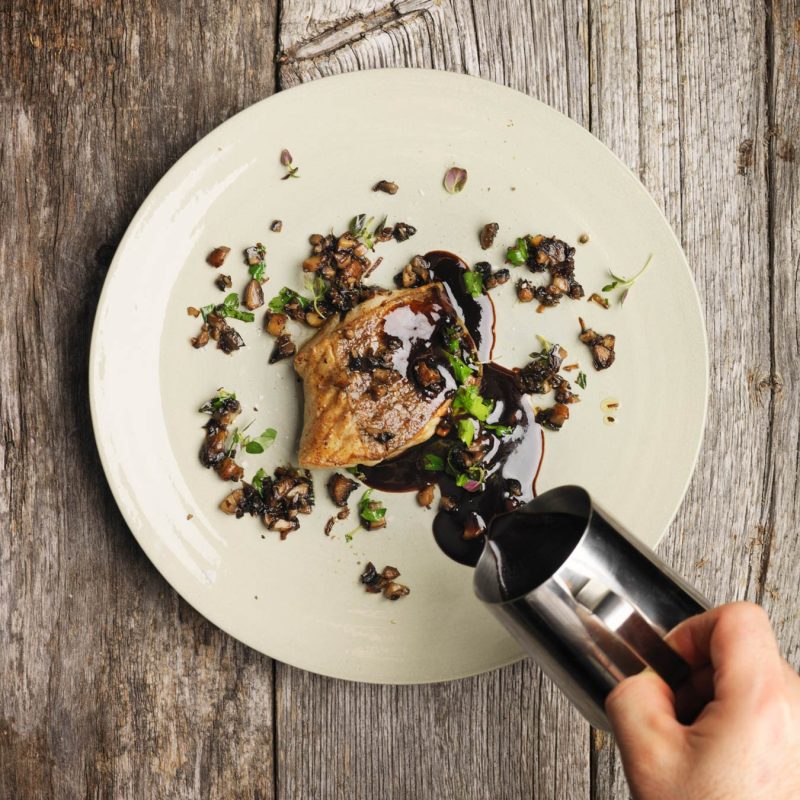Joel grew up in Gåsevik, not far from our hotel.
He was fostered by his aunt Lotta and her husband, a stone mason and demolitionist called Karl, who taught Joel all about the volatile art he’d be associated with for the rest of his life.
The young boy proved to be a fast learner and was soon picking up his own jobs. In the middle of the 1930s, Joel received his largest assignment to date. The dam that supplied fresh water to the island wasn’t big enough to cater to the demands of all the tourists who had started flocking there in summer.
To widen the dam, Joel needed to demolish and remove large amounts of rocks, earth and peat. It was also his responsibility to dig new trenches and put water lines below frost level. The project was to give Joel a prominent position in society, as he knew all about the mains and discharges around the island. In short, he controlled the water.
Joel was a calm and kind man, who seldom turned down a drink. One night, when he’d had a few too many, he met Margareta from Munkedal, a kindly girl who lent him a steady hand when he needed it most.
The pair fell in love and bought a house on Kaptensgatan, right in the middle of Fiskebäckskil, where Joel stored his dynamite in the garden shed. An accident waiting to happen, you might say, but Joel didn’t worry much about these things. Miraculously, the village managed to stay intact throughout Joel’s career, but his relaxed relationship with explosives did end up costing him a thumb.
That Joel was partial to a drink was well known on the island. You could often hear a little “poff” as he cracked open a beer on his boat. He also rented some land off the church, where he kept apple trees, a small vegetable patch and an outdoor loo. The fact that this outhouse was known as “Joel’s Bar” would suggest he didn’t use it for its intended purpose.
